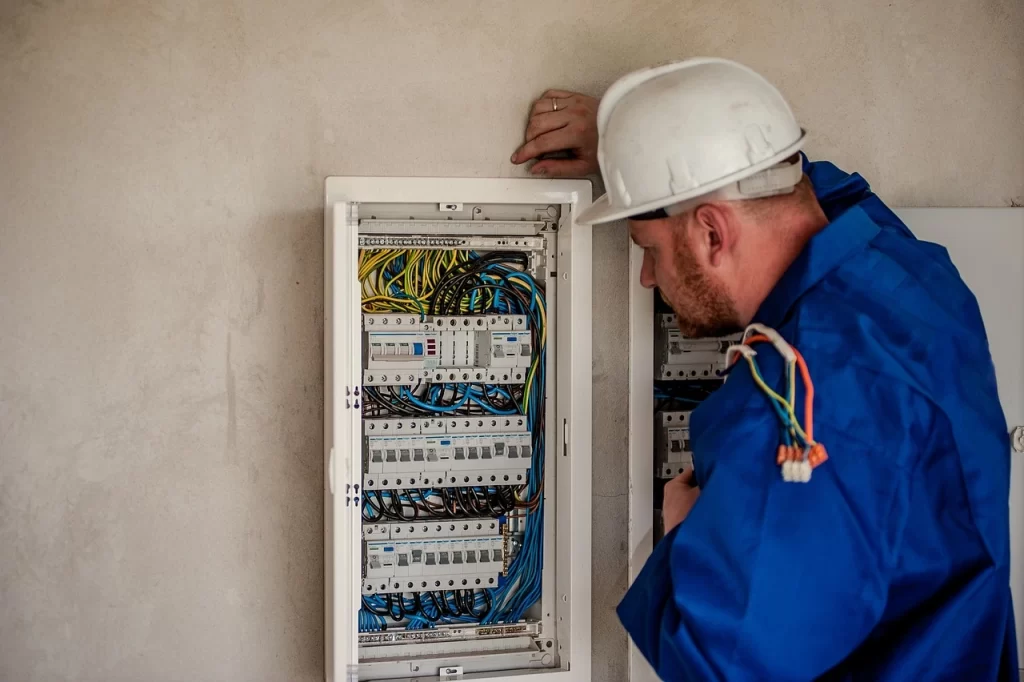Home Electrical Troubleshooting: A Practical Guide
 Electrical systems are the backbone of modern homes, powering everything from lighting and heating to appliances and entertainment devices. However, like any complex system, they can occasionally malfunction. Whether it’s a tripped circuit breaker, flickering lights, or non-functioning outlets, understanding the basics of troubleshooting can help homeowners act quickly and safely, or know when to call a professional.
Electrical systems are the backbone of modern homes, powering everything from lighting and heating to appliances and entertainment devices. However, like any complex system, they can occasionally malfunction. Whether it’s a tripped circuit breaker, flickering lights, or non-functioning outlets, understanding the basics of troubleshooting can help homeowners act quickly and safely, or know when to call a professional.
Recognize the symptoms
First, recognize the symptoms of an electrical issue. Common indicators include frequent tripping of circuit breakers, humming noises coming from outlets, lights dimming or flickering, and burning odors. These symptoms frequently point to issues like overloaded circuits, defective wiring, or malfunctioning appliances. Paying attention to these symptoms is crucial; ignoring them could lead to more serious problems, including electrical fires.
Conduct an investigation
After suspecting a problem, the next course of action is to conduct a structured investigation. For minor problems, such as a single outlet not working, homeowners can perform basic checks such as testing the outlet with another device or examining the electrical panel to see if a circuit breaker has tripped. In many cases, resetting a circuit breaker or replacing a blown fuse can solve the problem. However, recurring problems, such as breakers that keep tripping, can indicate more serious electrical problems that require professional attention.
Look out for your safety
Safety is paramount during any electrical inspection. Homeowners should always turn off the power at the main fuse box before inspecting outlets or light fixtures. Always use insulated tools, wear rubber-soled footwear, and avoid direct contact with exposed wires. If you’re uncertain about the source of a fault or the proper way to address it, seeking help from a licensed electrician is strongly recommended. Electrical systems can be dangerous, and improper handling can cause serious injury or property damage.
Preventive maintenance also plays a vital role in minimizing electrical faults. Regular inspections, especially in older homes, can identify worn wiring or outdated systems before they cause problems. Replacing old fuse boxes with modern circuit breaker systems, installing surge protectors, and ensuring appliances are not overloaded can significantly improve home safety.
In conclusion, while some small electrical faults in homes can be easily identified and fixed by an experienced homeowner, many require the intervention of a professional. Recognizing the signs of electrical problems and taking prompt and safe action can prevent further damage and reduce the risk of fire or injury. Regular maintenance and professional inspections are the best defense against electrical failure, ensuring your home remains safe and functional.
Call Emergency Electrician in Portsmouth. We are 24 hours available.
